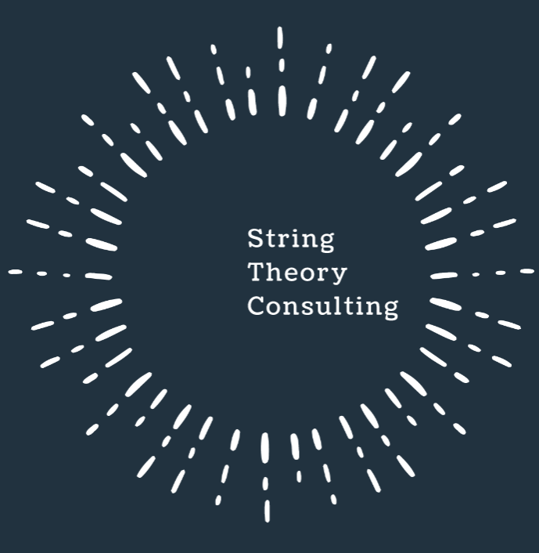
Top 5 for CRM Go-Live
Congratulations on going live with CRM!
By now you definitely have a backlog. Shoot, you probably had one before you even got started.
You’re getting new requests. From everywhere. Users, non-users. New functionality, new feature requests, bugs/issues, password resets. Some of this can be managed by IT Support, but this is going to be more than just “keeping the lights on”.
How are you going to support this new CRM in a post-go-live world? How many hours per week are you spending, or plan to spend, on nourishing your new CRM?
- Stakeholder, steering committee meetings
- Intake and prioritization – technical
- Intake and prioritization – functional
- Thinking big CRM dreams about the future…
Who manages all this? Here’s the thing, it’s not IT. At least not on their own.
The key thing to remember is that you have implemented a living, breathing system that you need to maintain and nourish. You are not just “keeping the lights on”, you are feeding a Tamagotchi.
Don’t panic! I have a plan for you. You might already have some of this in place, and we’re going to help you identify gaps by setting this framework. My goal is to bring clarity for you on next steps, reassure you where you are already enabled, and identify the gaps that are critical to your ongoing success on the platform.
1 – Enterprise CRM Program Manager
You need someone who understands the technology and knows how to build on it to support your dreams. Someone who has the capacity to make decisions pertaining to your CRM strategic roadmap. This person organizes presentations for leadership. They manage implementation vendors and consultants, and they lead a team of functional and technical subject matter experts that execute your roadmap. They make sure the day to day operations are in alignment with your long-term strategic goals.
If you’re just starting to think about this now, it’s not too late. Depending on the scale of your implementation, you may already have this person.
2 – CRM Operating Team
You need a CRM operating team. More than just continuous operations support. You are building your CRM product (or products) to implement across campus. You need a product/CRM management team and technical implementation team. In addition to your CRM Program Manager you will need an Architect to work alongside your CRM Administrator and Developer as they implement and maintain your solution design.
Your CRM team must include functional user participation: students, staff, faculty, administrators, report viewers, researchers, and key leadership stakeholders. This CRM is built to support their engagement and cannot be designed without their input and collective feedback.
3 – Onboarding and Adoption Plans
Speaking of implementation…You need a onboarding or implementation plan for new users to your product(s). Not the big roadmap/vision document. The actual steps to onboard a new unit, including Discovery, Configuration, Testing, and Training. (and testing means as full as possible…you have to make sure you don’t break anything for existing users when you update a picklist field value)
And Adoption – the system is no good if no uses it. Taking in feedback through regular engagement and reviews with users will help ensure alignment of day to day activities with larger goals. Creating stronger overall adoption of the system.
4 – Intake Prioritization Process
You need an intake process. How are you going to field all these new requests? From functional enhancements to new feature requests, you need a place to put it all. And I don’t mean a place to dump it, I mean a process to receive, prioritize, triage, and incorporate into the product development roadmap or implementation plan. (You should be grooming your 3-6-12 month backlog.) You need a steering committee to review and prioritize a solution design, and present it to decision-makers. You will need Governance.
5 – Communication
You need a communication plan. People need to know what products you are building and the use cases they support. It’s not going to take long for people to come knocking (barging) at your CRM door. You need a deflection process so people are coming to you at the right time, in the right way. You also need to share success! Celebrate ALL milestones, you never know where your successes may spark excitement and produce new ideas.
#5 leads back to #1 – it helps to have someone “take the call”. Someone who will tie your CRM product to your objectives and continue to manage its development in alignment. If you don’t have this person formally in place yet, you may consider engaging with a Salesforce partner. Partners come in all shapes and sizes but an experienced advisor can help you get organized as you start or continue your CRM journey. If you’re looking on how and what next steps to take contact us.
